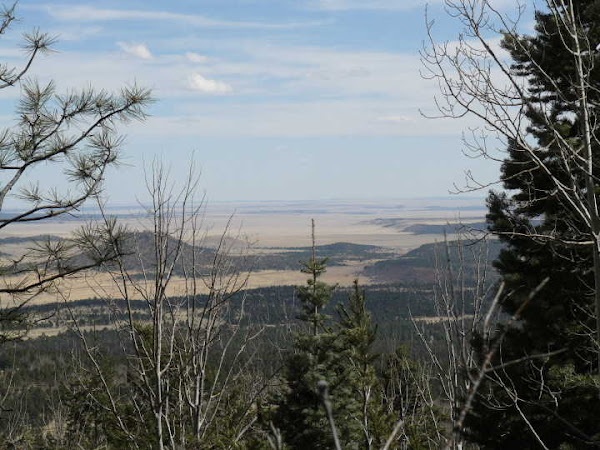
By: Zane Fischer 09/30/2009
Think you own your property? Think again. The tricky “split estate” law has been screwing New Mexico and the rest of the West since its inception. The purchase of land that includes water and mineral rights is rare indeed in these parts—usually those rights have been sold off long before the present-day owners bought their so-called property.
Most people don’t realize they only own the surface of their land; what lurks beneath is the property of others to do with as they please.
A split estate is the legal—oh how should we put it?—or bullshit term for delineating land divided between a surface estate and a mineral estate. And, yeah, that’s most land in New Mexico.
The kicker? Mineral estates generally take legal precedence over surface estates. In other words, let’s say you own a couple of acres: You worked your ass off to buy the plot and, luckily, you’re still able to work your ass off to keep up with the mortgage. It’s a bitch, but at least you’re building equity and you know the ground you sleep on is home to you and yours, and no one can take that away from you as long as you hold up your end of the bargain.
Unless, of course, the owner of the mineral rights decides to roll up and start extracting helium or coal-bed methane or any number of other bits of nasty, polluting, water-table-depleting sorts of stuff in the ground that might be traded for cold, hard cash. The actual ground can’t be taken from you, but the earth below can be pillaged, and the equipment required for the rape can be erected outside your front door.
To put a finer point on this, take the case of the Santa Fe Opera (as first reported Sept. 24 by SFR on SFReeper.com, with several updates since).
In a 2002 gift from the Shellaberger estate, the opera and the College of Santa Fe were given joint ownership of a share in mineral rights to more than 26,000 acres in Mora and San Miguel counties.
In 2009, the opera (acting with the urging of CSF) agreed—along with three other owners—to lease those rights out for oil and gas exploration. None of the parties—including the opera and CSF—own the land or the water rights, but they control the mineral estate, which impacts both the quality of any profits generated from the land and the ground water. In return for leasing their share, the opera and CSF are set to receive a modest fraction of profits from extracted treasures. Hey, fair play, the opera is a struggling nonprofit and its mission is opera, not the environment.
That’s the line that SFO General Director Charles MacKay took in a Friday, Sept. 25 statement to the press. MacKay claimed that leasing out the mineral rights was the only way to honor the bequest it had received and to ensure the opera meets its significant fiduciary responsibilities (to learn more about what MacKay has to say on this issue here. The college, as we know, continued to grasp at every monetary straw it could find, until its purchase by the City of Santa Fe was completed earlier in September.
However, CSF maintained ownerhip of the mineral rights in the deal. It remains unclear what the soon to be defunct entity will do with those rights.
As anti-drilling activists in Mora County point out, it’s unlikely the opera or CSF would have had the hubris to do a similar deal in Santa Fe County—it would be too obviously politically incorrect—but both were apparently happy to cut a deal in a place perceived as somewhere else. Never mind that the college was quietly scheming to profit even as it vied to be taken over by San Miguel County-based Highlands University in a deal killed by the New Mexico Legislature.
As much as we routinely suspect our corporate citizens of generally illicit behavior, we have a tendency to assume that our nonprofit corporations will uphold a higher standard in their business dealings. Frequently, that happens to be true. But this situation has demonstrated, once again, that even adored, creative, cultural and educational producers can be guilty of putting greed before citizenship.
The issue is less the money that may or may not be made, but the failure to understand the potential impact of the actions. The extraction of coal-bed methane, for example, can damage a water table to the extent that it takes 10,000 years to recover. That’s an instant sea change in culture, livelihood, food production, wealth and future for thousands and thousands of people. It may not happen this year or 10 years from now, but the opera and CSF knowingly mortgaged the futures of Mora and San Miguel counties’ landowners for little more than a gamble. And the college did so from its deathbed, knowing that the deal would neither save nor sink it.
Sounds like a juicy libretto, right?















